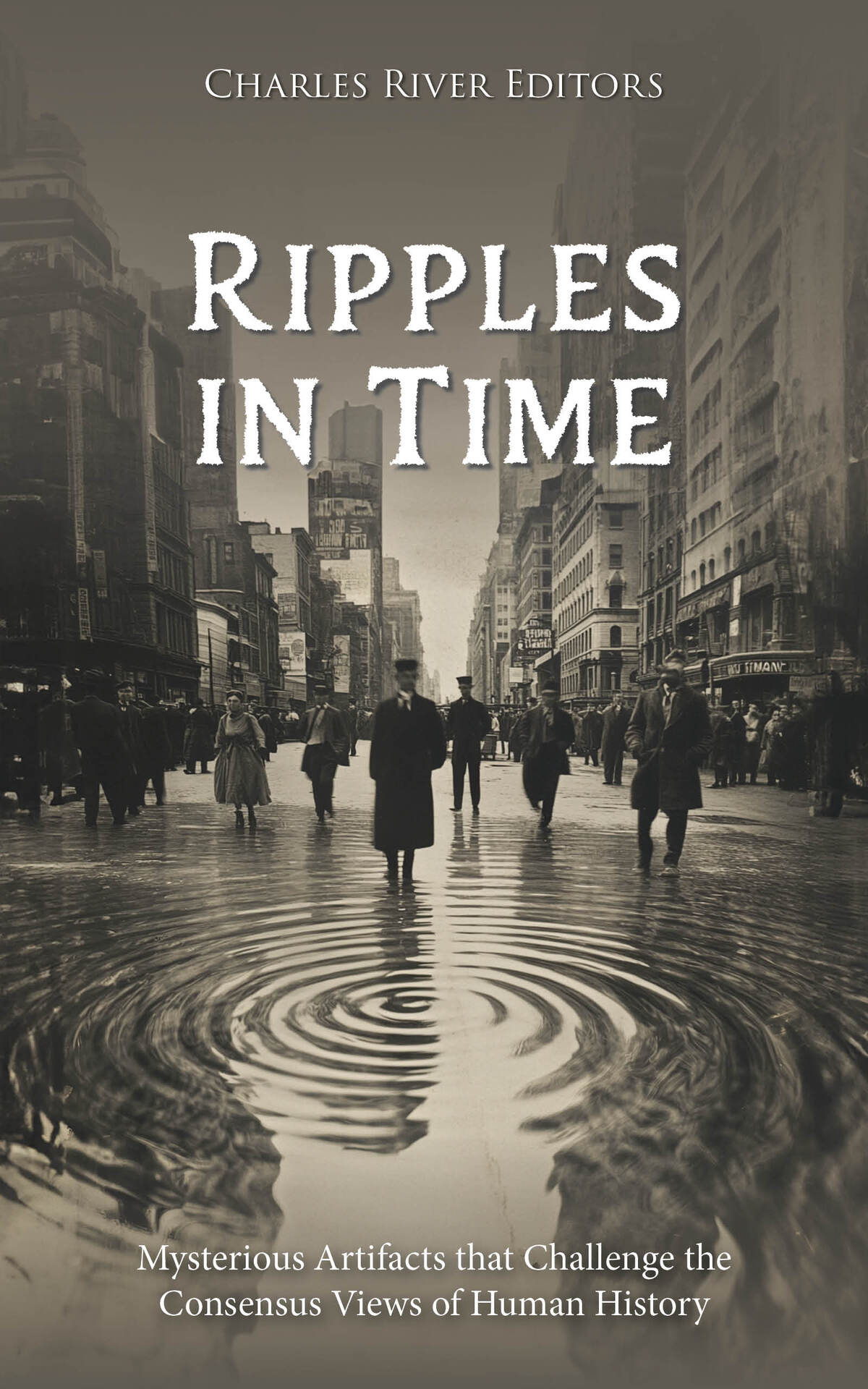

Most ebook files are in PDF format, so you can easily read them using various software such as Foxit Reader or directly on the Google Chrome browser.
Some ebook files are released by publishers in other formats such as .awz, .mobi, .epub, .fb2, etc. You may need to install specific software to read these formats on mobile/PC, such as Calibre.
Please read the tutorial at this link: https://ebookbell.com/faq
We offer FREE conversion to the popular formats you request; however, this may take some time. Therefore, right after payment, please email us, and we will try to provide the service as quickly as possible.
For some exceptional file formats or broken links (if any), please refrain from opening any disputes. Instead, email us first, and we will try to assist within a maximum of 6 hours.
EbookBell Team

4.4
52 reviewsIt was Albert Einstein who, in 1905, first theorized that time might not be quite as straightforward as that. In one of the most influential papers on physics ever published, he proposed something called “time dilatation.” This suggested that time was neither fixed nor constant and that the passage of time was related to the relative speed of the observer. The closer an object approached the speed of light, the more notable this effect was. For example, if it were possible to build an interstellar craft capable of reaching speeds that approached the speed of light, the passengers on that ship might experience the passage of a single year during a voyage, but when they returned to Earth, they might find that dozens of years had passed on the planet.
That was a truly revolutionary idea back in 1905, and it wasn’t until the 1960s that technology had advanced to the point that it was possible to conduct experiments to check Einstein’s theory by measurement. Those experiments and subsequent tests proved that he was entirely correct. Even in 1908, new theories proposed that time was the fourth dimension of spacetime and that it wasn’t fixed at all but governed by the same laws of relativity that applied to other aspects of physics.
These were exciting developments, and current theories of physics have taken this idea even further, suggesting that both space and time are “emergent,” that is, directly (and perhaps variably) related to other elements of the natural world in ways we still don’t fully understand. In later years, Einstein himself would say in a letter to a friend, “The distinction between past, present, and future is only a stubbornly persistent illusion”.
In the same vein, many
…